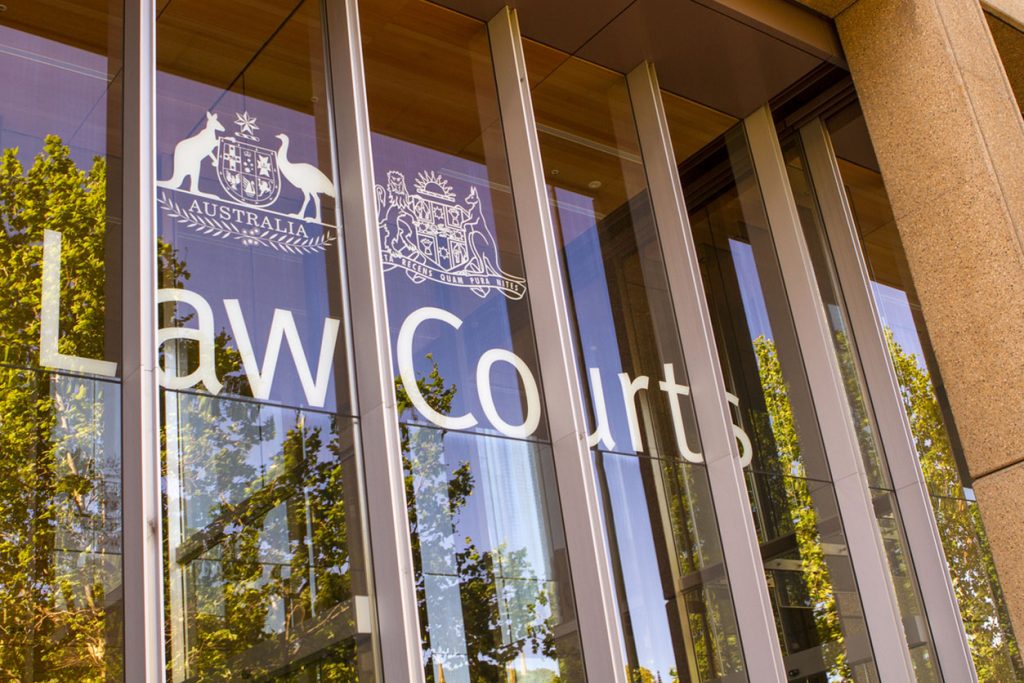How screening for brain injury can change corrections outcomes

Prevalence of brain injury in our justice system
Research has proven that 42% of adult male prisoners have been diagnosed with brain injury*. In 2018, the Australian Institute of Health and Welfare reported more than a third of prisoners had lost consciousness through a head injury*. This makes brain injury a key concern in our prisons and as we know living with a brain injury can have so many unseen impacts on how people think and their cognitive behaviours.
Increased impact on Indigenous people
The issue of brain injury while incarcerated is complex and disproportionately affects Aboriginal and Torres Strait Islander prisoners. Brain injury currently receives relatively little recognition in the criminal justice system. It’s estimated that rates of brain injury are up to three times higher for Indigenous peoples who are incarcerated than non-Indigenous peoples. Indigenous Australians represent 28 percent of prisoners, despite being only 3.3 percent of the Australian population*.
Assessing the Disability Needs of Indigenous Prisoners (ADNIP) Report
Synapse collaborated with Griffith University, The Hopkins Centre and Menzies Health Institute Queensland on the ADNIP Report to examine how disability is assessed in Aboriginal and Torres Strait Islander prisoners and ex-prisoners. The report found many areas where better knowledge and programs can ensure prisoners with disability are treated with dignity during and after their sentence term, including:
- A general lack of research into disability identification tools and processes in prisons.
- No evidence was found that cultural relevance of assessment tools is considered in prison.
- Identification of disability in prison is reliant on self-reporting.
- Different types of cognitive impairment are poorly differentiated.
- As well as many other concerning key findings and priority areas of improvement.
Screening can break the cycle of reoffending
It’s so important to screen for brain injury in prison to avoid the likelihood of the individual returning to prison. On release they need support accessing employment, housing, health care, and creating positive connections to community. To better respond to the psychological and physical needs of people and break the cycle of reoffending, the system must recognise and respond to the congruence of brain injury in prisoners.
At a practical level, that means:
- Developing intake processes which uniformly screen for cognitive impairment.
- Enabling the delivery of treatments and therapies within the prison environment.
- Developing brain injury appropriate discharge processes which support successful transition back into the community.
- Improving education for professionals in law and criminal justice on the indicators and consequences of brain injury.
There would be a huge benefit if screening was to be undertaken in our justice system. Upon entrance into these settings prisons staff and others within the correctional facility should be resourced with that information to know how to better support people while they’re incarcerated. As well as upon release knowing what sort of supports need to be in place to help those people do better when they’re released. In the absence of those two things, there is very little hope of much change.
Sources*:
AIHW (2019a) [Australian Institute of Health and Welfare]. The health of Australia’s prisoners 2018. Canberra: AIHW, Australian Government
Human Rights Watch. (2018). “I Needed Help, Instead I Was Punished” Abuse and neglect of prisoners with disabilities in Australia. Retrieved from: https://www.hrw.org/report/2018/02/06/i-needed-help-instead-i-was-punished/abuse-and-neglect-prisoners-disabilities
Jackson, M., and Hardy, G. (2011). Acquired Brain Injury in the Victorian Prison System. Corrections Research Paper Series, no. 04. Melbourne : Dept. of Justice, 2011
Rushworth, N. (2011) Out of sight, out of mind: People with an acquired brain injury and the criminal justice system. Australian Institute of Judicial Administration. Sydney: Brain Injury Australia